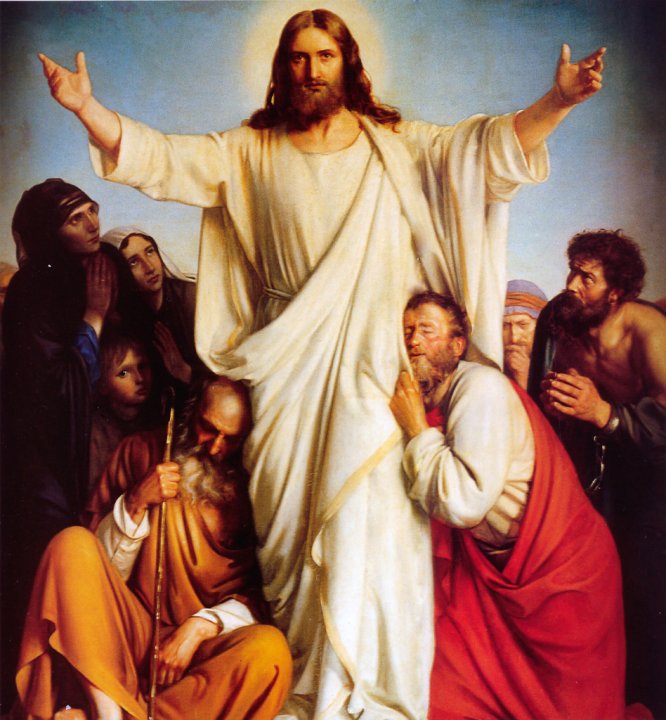EASTER SUNDAY
MASS OF THE DAY
I
Reading: Acts 10: 34, 37-43: Peter’s testimony-We have eaten and drunk with him
after his resurrection.
II Reading: Colossians 3:1-4: Life with Christ-You must look for
the things that are in heaven, where Christ is.
Gospel: John 20:1-9: He must rise from the dead.
The Great Discovery-The Empty Tomb, 20:1-10
In
studying John’s account, it must be remembered that John was writing an
historical account. He was not interested in giving insurmountable evidence for
the resurrection. His interest was twofold:
(1) To give the evidence that led him to
immediately understand and believe.
(2) To give enough evidence to lead
anyone to immediate belief-if a person is willing to believe.
He
was interested in giving enough evidence to make anyone’s faith viable and
respectable. Now having said this, John’s record of Jesus’ resurrection is a
strong historical account of the event. To an honest, objective and good heart,
the evidence is convincing (Lk 8: 15).
1. John’s gospel eliminates any
possibility of his fabricating a lie, especially a lie of such immoral
proportions.
2. The phenomenal event actually took
place. Peter and John’s running and John’s outrunning Peter; Mary’s human
response of frantic bewilderment; the author’s fearing and hesitating to enter
a tomb; the author’s believing without physical fact and admitting that his
belief was not based upon an understanding of Scripture.
3. The head wrapping is strong evidence
for the resurrection. Only the head piece is actually said to be folded up by
itself. The other pieces are assumed to be still folded up because of the
phrase “separate from the linen.”
4. The changed lives of the Lord’s
disciples are indisputable evidence. It is psychological evidence. They were
propelled by a dynamic power and bold courage. They preached and proclaimed the
risen Christ to the very people who were seeking to arrest and execute them
because the Lord had indeed risen, and He had planted within them a dynamic new
power never before experienced by man.
In
discussing evidences, we must remember that God through inspiration has not
formulated the Scripture that He is (exists), that He is love and that He has
shown His love supremely by sending His own Son to save a lost and dying world.
What God wants from us is to love and belief, love for the Lord Jesus and
belief in the supreme power of a loving God. This is just the point of the
resurrection account. We are to believe because we love even as Mary and John
loved (Mt 28:1; Jn 20:7-10; Heb 11:6; 1Jn 3:23).
1. Mary’s unquestioning discovery: The
unsealed tomb (v.1-2)
a.
She
visited early
b.
She
saw the stone rolled back
c.
She
ran to Peter
d.
She
revealed unquestioning love: “They have taken the Lord”
2. Peter and John’s shocking discovery:
The strips of linen (v.3-6)
a.
They
ran to the tomb
b.
John
glanced in: Saw the strips of linen
c.
Peter
entered: Saw the strips of linen
3. John’s thoughtful discovery: The
undisturbed strips of linen (v.7-10)
a.
The
strips of linen
1)
They
were lying “undisturbed”
2)
The
head wrapping was still folded
b.
The
immediate belief
1)
John
saw and believed
2)
He
finally understood the Scripture
Thought: It is
because of the resurrection of Jesus Christ, there is an empty tomb and not the
other way.
WISHING YOU
A HAPPY EASTER & PEACE & JOY OF THE RISEN CHRIST!
www.believeinthegoodnews.blogspot.com
